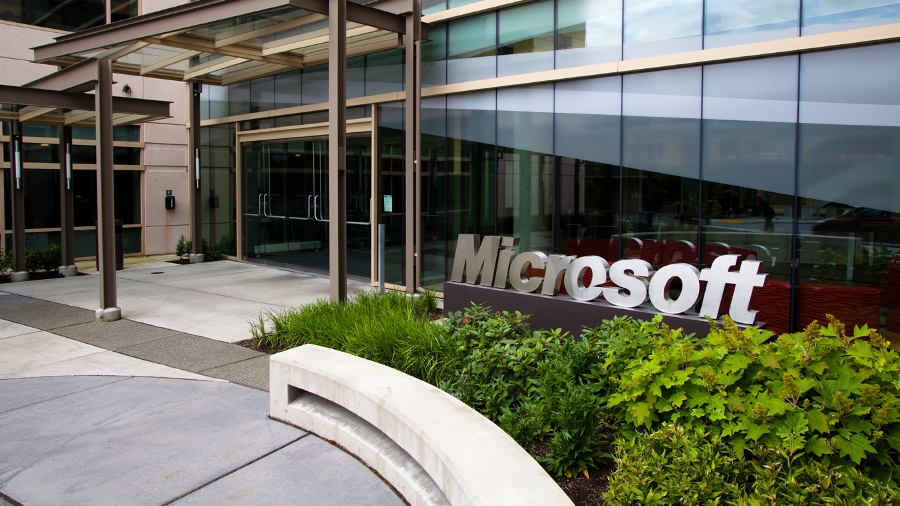Microsoft’s Recent Layoffs: Focus on Software Engineering and AI Integration
Microsoft has recently confirmed a significant round of job cuts, with an estimated 6,000 to 7,000 positions globally being eliminated. Among these, approximately 2,000 redundancies are reported in Washington state, where the company is headquartered. A closer examination reveals that over 40% of the layoffs in this region targeted software engineering roles, resulting in a loss of 817 positions. This move has sparked discussions around the evolving dynamics of technology employment and the influence of artificial intelligence (AI) in the workforce.
### Overview of Layoffs
The layoffs were part of a broader strategy aimed at reducing operational costs and reallocating investments towards AI technologies. Besides software engineers, other roles significantly impacted included product management, which saw 373 positions cut, and technical program management with 218 roles affected. Additional layoffs included business program management (55 roles), customer experience program management (44 positions), and product design (31 roles).
### Shift Towards AI Development
Despite the escalating demand for software engineers in a world increasingly defined by technology, Microsoft’s leadership has acknowledged a shift towards leveraging AI for software development. CEO Satya Nadella indicated that AI now contributes to roughly one-third of the code in some projects. This trend raises questions about the future of human roles in software development, particularly as other tech giants, such as Google and Meta, report similar integrations of AI in their coding practices.
### Mixed Messaging from Microsoft
Microsoft has faced criticism for its communication regarding these layoffs. The company has framed the redundancies as a measure to eliminate inefficiencies within middle management, suggesting that unnecessary layers were being removed. Although approximately 17% of the layoffs in Washington pertained to management positions, the loss of a substantial number of software engineering roles has raised concerns among stakeholders.
### Industry-wide Developments
The trend of incorporating AI into project development is not unique to Microsoft. Other tech firms, including Salesforce and Workday, are also navigating similar transitions. Leaders in these companies, such as Google’s Sundar Pichai and Meta’s Mark Zuckerberg, have acknowledged the increasing role of AI in their coding processes, pointing to a collective industry movement towards greater reliance on these technologies.
### Perspectives from Industry Leaders
Amid these layoffs, voices within Microsoft express the challenges faced by the affected employees. Mike Droettboom, a Principal Software Engineering Manager at Microsoft, reflected on the impact of the layoffs in a LinkedIn post. He noted the longstanding connections among team members, some of whom he has known for nearly 25 years. Droettboom emphasized the importance of maintaining a focus on key technical roles, such as Python and open-source development, even amidst significant organizational changes.
### Conclusion
As technology continues to evolve, so too does the landscape of employment within the industry. Microsoft’s recent layoffs underscore the complex interplay between workforce dynamics and the escalating role of AI in software development. While the company’s strategic shift aims to enhance efficiency and drive innovation, the effects on human capital in technology will remain a critical area of scrutiny and dialogue as the industry progresses.
In conclusion, the situation at Microsoft serves as an important case study for the challenges and transformations facing tech companies as they balance operational efficiency with the continuing necessity of human expertise in an increasingly automated world.




